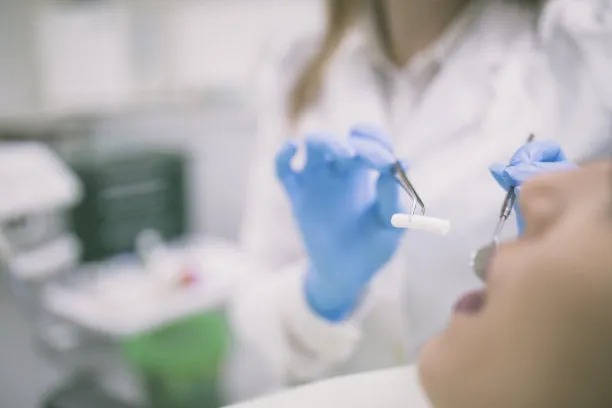Understanding the Process and Importance of Extracting a Tooth in Dental Care and Health관리
Summary: Extracting a tooth, often viewed with apprehension, is a critical procedure in dental care that plays an essential role in maintaining oral health. This article delves into the process of tooth extraction, highlighting its significance in preventing further complications, addressing dental issues, and promoting overall well-being. We will explore the indications for extraction, the steps involved in the procedure, the recovery process, and the long-term implications of tooth loss. Understanding these facets is vital for both dental professionals and patients, as it fosters informed decisions and ultimately contributes to better health outcomes.
1. Indications for Tooth Extraction

Tooth extraction is commonly performed for several reasons. The most prevalent indication is severe tooth decay, which can compromise the integrity of the tooth beyond repair. When a tooth is excessively damaged or infected, an extraction may be necessary to prevent the spread of infection to adjacent teeth and surrounding tissues.
Another situation that may warrant extraction is periodontal disease, a condition where inflammation and infection affect the gums and bone supporting the teeth. In advanced stages, teeth may loosen, necessitating their removal to maintain overall oral health.
Additionally, wisdom teeth often require extraction, particularly when they become impacted, leading to pain, swelling, and potential alignment issues. By addressing these common dental concerns through extraction, dentists can help restore patients’ oral health effectively.
2. The Tooth Extraction Process
The tooth extraction process typically begins with a thorough examination, including X-rays, to assess the tooths condition and surrounding bone structure. This evaluation helps determine the best approach for extraction, ensuring a safe and efficient procedure.
Once assessed, the dentist will discuss the procedure with the patient, explaining what to expect. Local anesthesia is usually administered to numb the area around the tooth and minimize discomfort. In some cases, sedation may be offered, particularly for patients with dental anxiety.
After the anesthesia takes effect, the dentist will carefully remove the tooth using specialized instruments. The process may involve loosening the tooth and detaching the ligaments that hold it in place. Once extracted, the dentist will clean the area and may place stitches if necessary, ensuring proper healing.
3. Recovery After Tooth Extraction
Post-extraction recovery is a crucial phase in the treatment process. Patients are typically advised to rest and follow specific care instructions to promote healing and minimize complications. Its common to experience swelling and discomfort for a few days after the procedure, which can be managed with prescribed pain medications and cold compresses.
Maintaining proper oral hygiene is vital during recovery. Patients are often instructed to avoid strenuous activities and refrain from sucking through straws, as these actions can dislodge the blood clot that forms in the extraction site, leading to dry socket.
Follow-up appointments are usually scheduled to monitor the healing process. Dentists may also provide guidance on when patients can resume their normal oral hygiene routines and when they can return to regular dietary habits, ensuring a smooth recovery.
4. Long-Term Implications of Tooth Loss
The long-term implications of tooth loss extend beyond aesthetics and may significantly impact dental and overall health. When a tooth is extracted, the surrounding teeth can shift into the gap, leading to misalignment and bite issues. This displacement can complicate future dental procedures and may require orthodontic treatment.
Moreover, the loss of a tooth can affect jawbone health. The underlying bone structure may deteriorate over time due to the lack of stimulation that occurs when teeth are present. This bone loss can compromise facial aesthetics and increase the risk of further dental issues.
Fortunately, various restorative options exist to mitigate these issues, such as dental implants, bridges, or dentures. Patients are encouraged to discuss these options with their dentists following an extraction, ensuring comprehensive long-term dental care and preserving their oral health.
Summary: Understanding the process and importance of tooth extraction is vital for effective dental care. From the indications that necessitate the procedure, through the intricate process of extraction, to recovery and long-term implications, this comprehensive overview emphasizes the significance of informed dental decisions.
By prioritizing dental health and seeking professional advice, patients can ensure optimal outcomes following tooth extraction, leading to improved oral health. Remember, maintaining regular dental visits is key to preventing complications and preserving your smile.
This article is compiled by Vickong Dental and the content is for reference only


